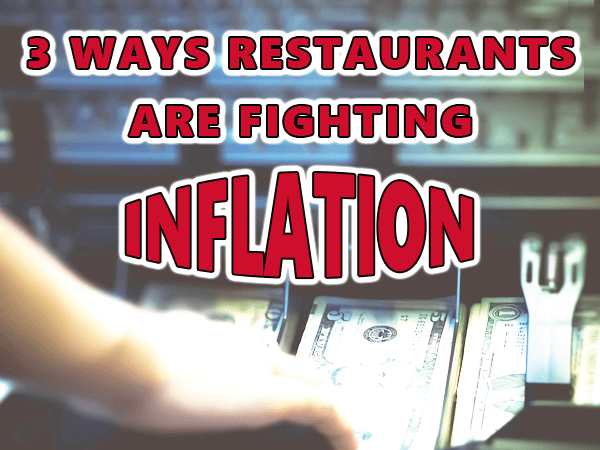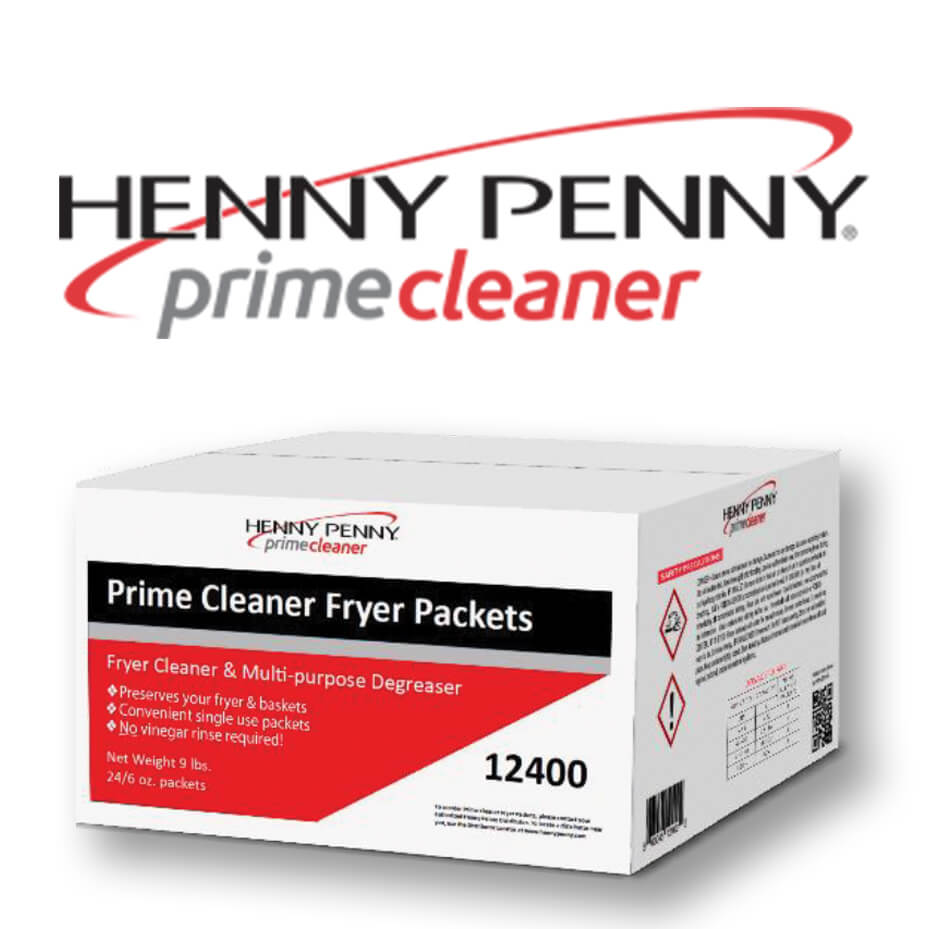How commercial fryers are helping maximize your kitchens performance and fighting inflation.

In response to record-high inflation, restaurants are employing innovative strategies. They are emphasizing the role of commercial fryers in this struggle, recognizing their potential for maximizing profits. Check out Henny Penny’s blog titled “3 Ways Restaurants Are Fighting Inflation with A Commercial Fryer” for the full story. Some excerpts below:
Getting the Most Out of Commercial Fryers

Restaurants are exploring the versatility of commercial deep fryers. They are introducing examples like catering and virtual brands to leverage the high profit margins of fried foods. In addition, the case of Rob’s Restaurant & Catering in Ohio, which used a pressure fryer to sustain business during the pandemic, is also highlighted.
Supercharging Profits with Menu Engineering
We look at how restaurants are adding of affordable vegetable dishes to their menus. Renowned chefs like Henny Penny’s Gregg Brickman and Wolfgang Puck are at the forefront of this delicious trend. They focus on a shift towards more plant-based dishes, striking the perfect balance between satisfying customer cravings and keeping costs in check.
Savings through Fryer Performance Optimization

Let’s talk about the crucial role of regular maintenance and efficient operation of fryers in the restaurant business. We dive into practices like automatic oil filtration and routine cleaning that not only keep your food quality top-notch but also help you cut down on costs. And we’re shining a spotlight on innovative solutions like the Henny Penny Fryers, making maintenance a breeze. All of this works towards the goal of fighting inflation costs.
Finally, By implementing these strategies, we’re tackling the challenges of inflation head-on in the restaurant industry. This while ensures that profitability remains high and customer satisfaction continues to soar.”
Originally Posted on HennyPenny.com
